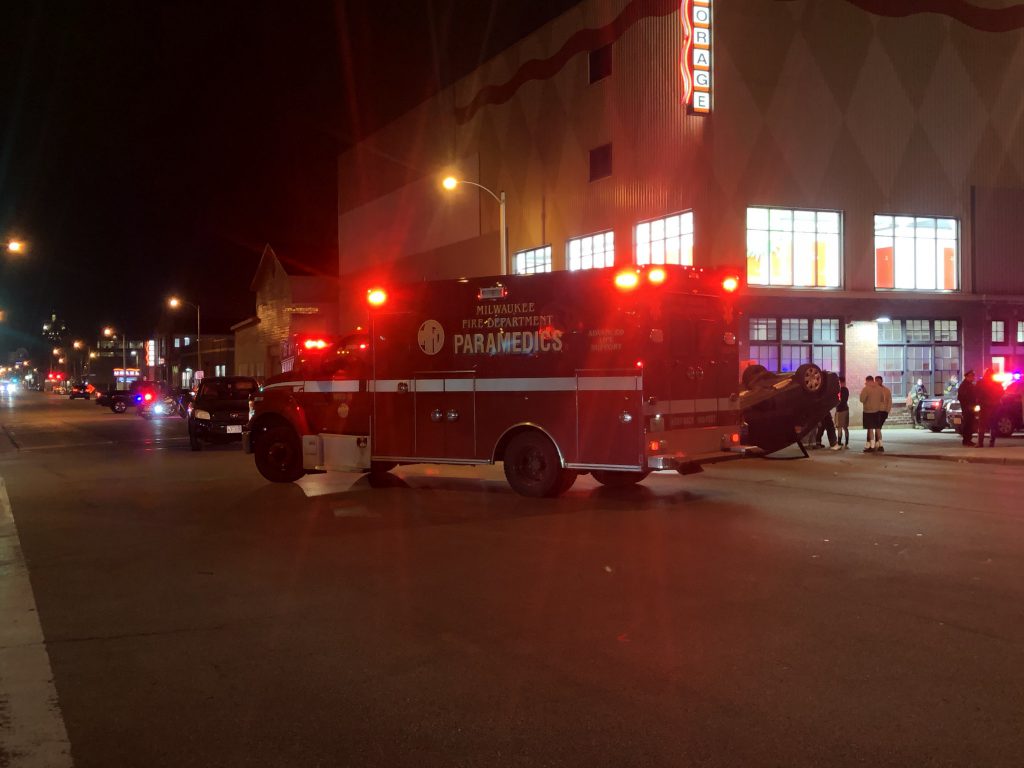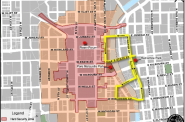Milwaukee Faces Ambulance Shortage
Shortage of personnel and low reimbursement rate pushing private providers to quit city's 911 system.
If you call 911 in Milwaukee looking for medical help, it will likely take longer for an ambulance to arrive.
Midwest Medical Transport Company sent the Milwaukee Fire Department a notice on April 12th that it was terminating its contract to provide private ambulance service to the northwest side of the city. That in turn is straining the fleet of ambulances the fire department maintains.
Because of staffing shortages any calls dispatched to Midwest Medical, a successor to ParaTech, are being routed back to the fire department.
A MFD report shows that Midwest Medical was unable to handle 48.9% of the 250 calls it received in January. “The result is that we are picking up calls with them still here,” said Lipski.
“Several problems here,” said the chief, ticking off a cascading series of issues that result from rerouting services: delays, a strain on fire department personnel and ultimately a shortage of equipment and personnel to respond with, as MFD only has 12 paramedic teams at a time with ambulances.
A delay in ambulance response time causes a reduction in fire truck availability. When a fire truck arrives at a scene, the responding firefighters must stay with the individuals needing service until either a public or private ambulance provider can transport them.
The department routes approximately 1,000 calls per month to Midwest Medical, Curtis Ambulance and Bell Ambulance. Each has an assigned service zone and supports the city by addressing lower-severity calls.
But rising costs and stagnant reimbursement rates are breaking the system.
“It has become far less lucrative to participate in the 911 system,” said the chief.
Lipski said the remaining companies indicated they are willing to help with the loss of Midwest Medical, but he doesn’t believe they have the capacity to handle the calls. Those companies are also unable to get to every call assigned to them.
“This is a huge lift on the men and women working for the Milwaukee Fire Department,” said Milwaukee Professional Firefighters Association president Mike Bongiorno.
So what to do?
“Money isn’t the only fix,” said the union president. The reimbursement rate hasn’t been raised in years.
But the city needs to find solutions beyond raising rates.
“We are war gaming a whole host of scenarios in the short and long term,” said Lipski.
And the short term issues will come quickly. A surge in calls regularly comes with warmer weather.
One immediate option MFD is trying is to stack lower priority (smaller injury) calls. Private ambulance companies pick people up as they become available, leaving fire department equipment free for bigger issues. But that solution has limitations. “We can’t leave someone sitting at home for five hours thinking they are getting an emergency response,” said Lipski.
Midwest Medical has refused to participate in the initiative. “We were kind of taken aback,” he said. Bell and Curtis opted in and are seeing improved performance.
Long term, the department is considering training civilians as emergency medical technicians, and then allowing them to go work for private providers. “It’s a fiscal and logistical outlay on our part, but it’s an operational gain,” he said. “That’s one of a whole apple tree of solutions we are kind of looking at here.”
The department, in a crunch, also works with other Milwaukee County EMS departments. “We cross borders everyday,” said Lipski of the countywide shared service system. But the geography of the northwest side places it far from most of the county’s suburbs and closer to Waukesha County. Cross-county line cooperation isn’t common said Lipski.
“We are driving our folks very hard right now on a number of different fronts and they have not failed us. They have not failed you. They have not failed the citizens of the city of Milwaukee,” said Lipski.
Alderman Mark Borkowski called on his colleagues to commit to finding solutions. “This is a very, very important matter for our community,” he said.
























